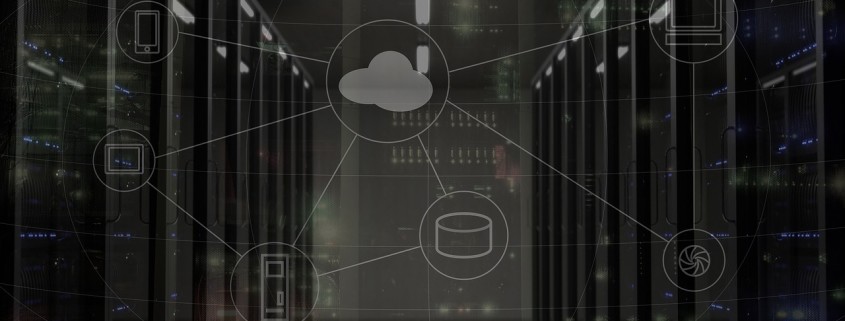Internet Use in the Workplace
Today’s business world is driven by the internet in many facets. However, the internet also can make you more vulnerable to data breaches and viruses. As the threats have changed over the years, you’ve likely made sure update your hardware and software. However, your changes can’t all go into your network, your users themselves can pose an unknowing or unintentional security threat with bad browsing habits. Unsafe browsing habits can expose your network to hackers, viruses, malware and ransomware. These are all possibilities when users access untrustworthy sites, share information and download files from the web. The internet is a powerful tool but it can become a distraction making your employees less productive.
Working with your MSP you can make better choices with your internet policies and security features. Current versions of firewalls offer content screening and flow control. If you’re not already utilizing these features, it’s a great way to cut your risk by blocking commonly attacked and work inappropriate websites out the gate. This also helps ensure that your ISP’s resources are being used in the most efficient way. Make your users aware of your protocols and be ready to enforce them.
A comprehensive Internet Usage Policy will not only cover the company’s expectations of use but also contain the appropriate disclosures regarding monitoring and ownership of information. The company’s usage policy helps your employees adhere to best practices on the internet. Regular reminders help keep everyone on the same page. Some things you may want to review with them are:
- Internet use should be limited to job-related activities
- All Internet data that is composed, transmitted and/or received by the company’s computer systems belongs to the company and is part of its official data. Therefore it’s subject to disclosure for legal reasons to appropriate third parties.
- The company reserves the right to monitor internet traffic and monitor any data that is sent, received or composed online.
- Sites and downloads may be monitored by the company and will be blocked if they are deemed to be harmful or unproductive to business.
- Installation of software and instant messaging services are prohibited.
It’s important that your employees take safeguarding your systems seriously. With the overturn of the FCC’s privacy rulings our internet data is once again less private than many would like. It’s essential that employees understand that what they do on the internet can have an impact on the company.










